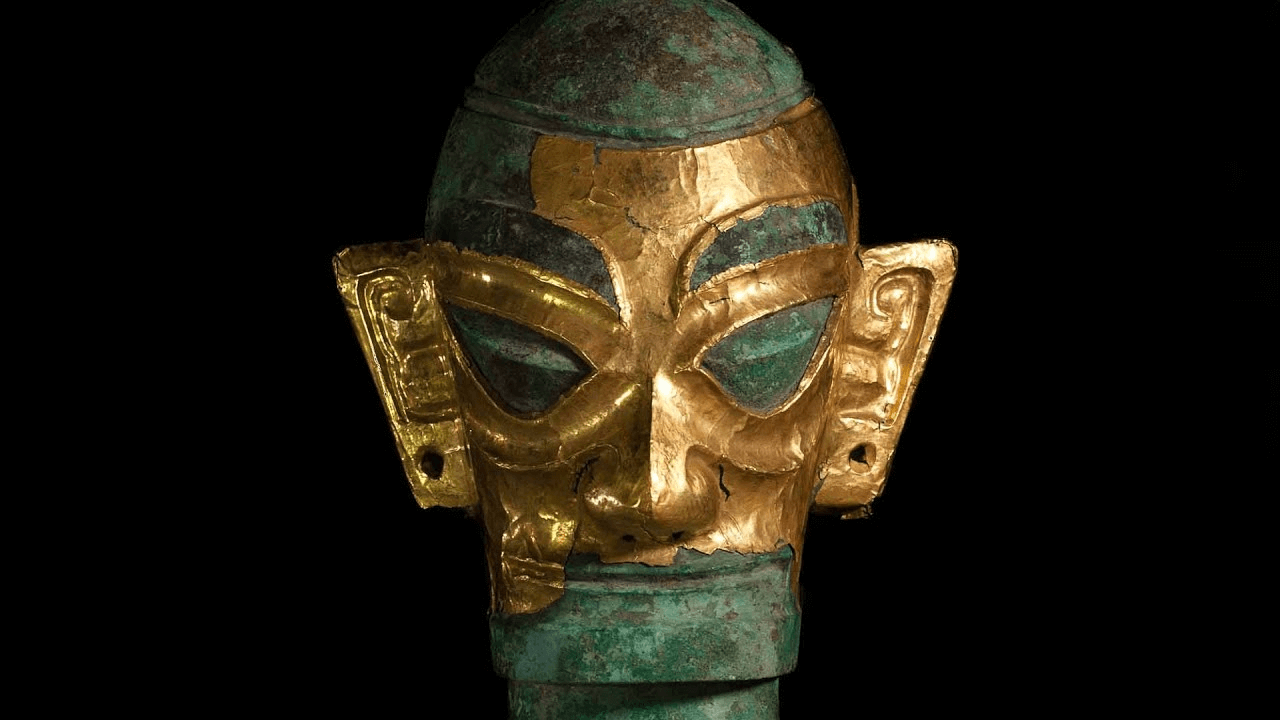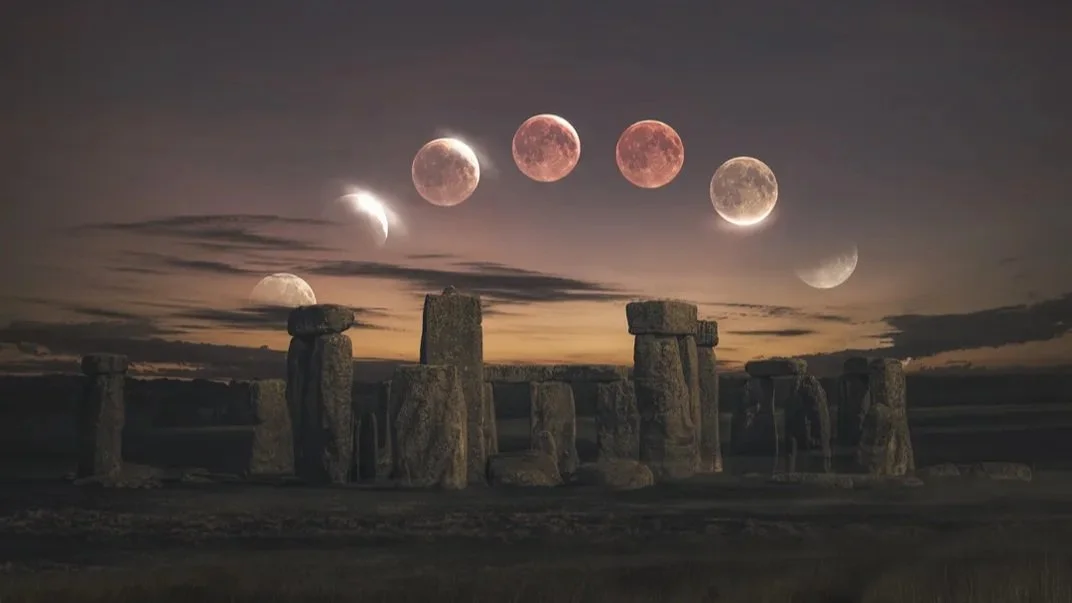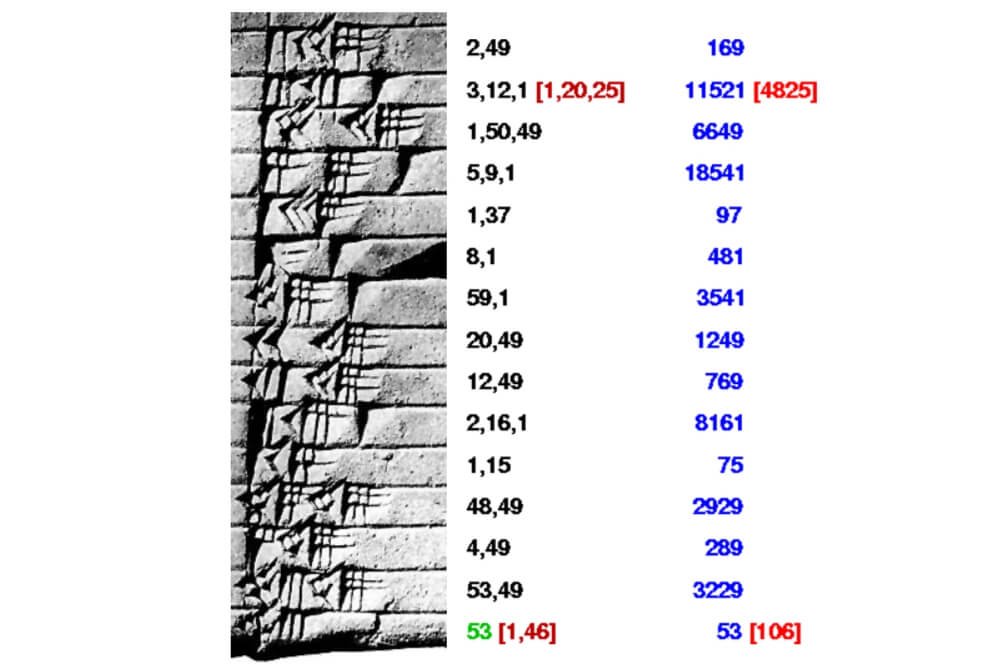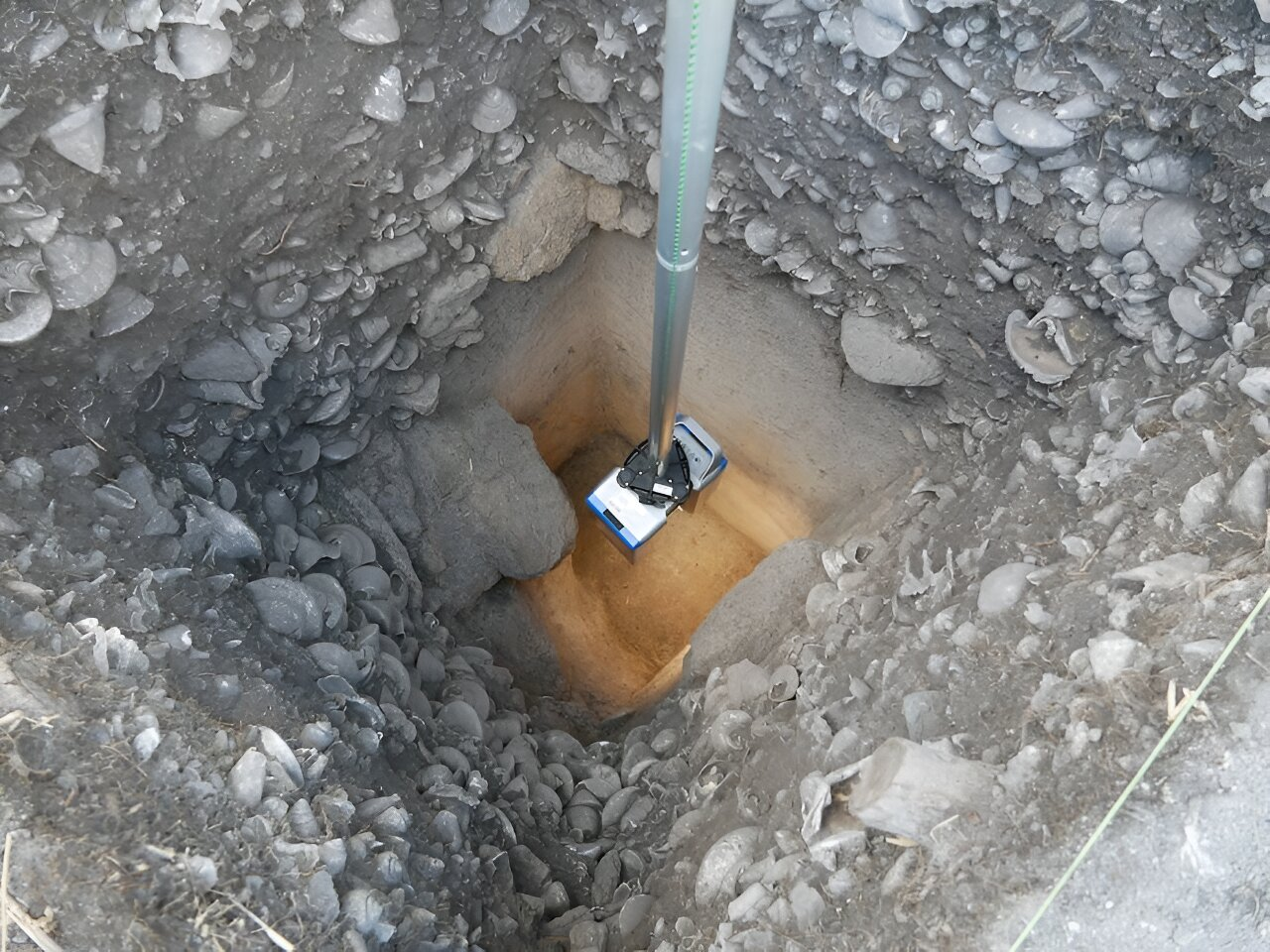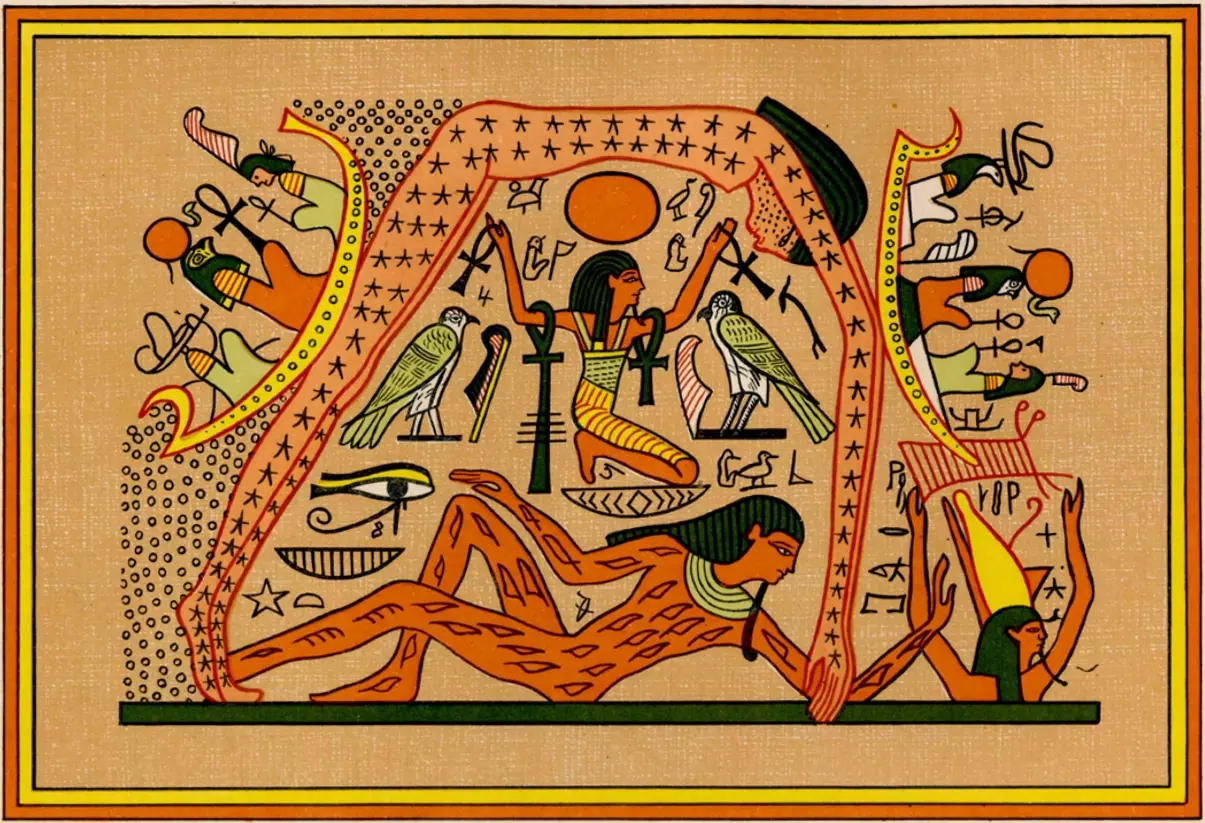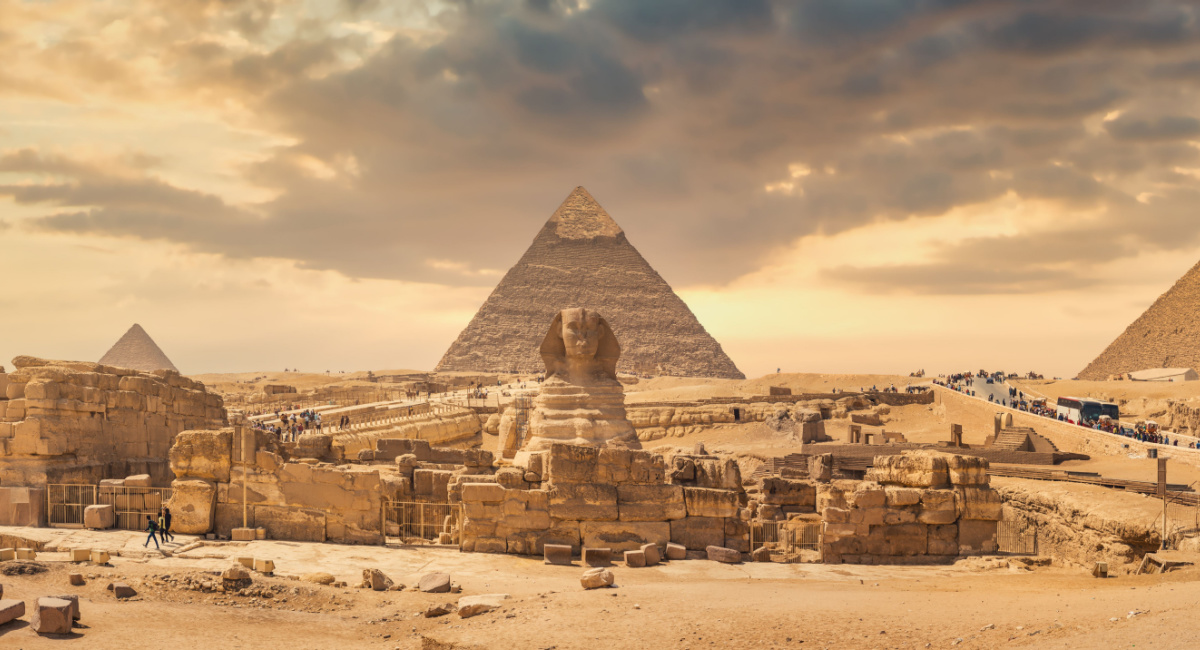Culprits of the Conspiracy
One of Ramses’ queens plotted to kill him by magic. Now how do we know about such a thing? Of course, this is not put on his temple wall. We have a papyrus that is in a sense a stenographer’s transcript. It is a court record of what happened, and we have some of the details of the conspiracy. The conspirators, nearly two dozen of them, were tried.
First, it involved a queen. And she was plotting to kill Ramses because she wanted her son to become pharaoh. And this is not that unusual, that queens wanted their kids to become the next pharaoh.
Additionally, it involved priests of the temple who had the Books of Magic. They were the ones who knew how to do this by magic. So we have priests involved, we have palace guards involved, we have the queen involved, and together they plot the “Harim Conspiracy.”
Penalty for the Perpetrators
Now we know that they were convicted and penalized.
In Egypt there were various penalties. Jail—incarceration—is a fairly modern concept. The ancient world didn’t throw people in jail for doing bad things. Hence, in Egypt if it was not too heinous a crime, you could cut off ears, or a nose. And that way, not only would you have punished them, but everybody would know, watch out for this person, he’s a convict. If it was a really serious crime, you would execute them. And the Egyptians executed by impaling someone on a stake.
So these conspirators had a variety of penalties. Some probably had their ears or noses cut off. But some were certainly executed, as far as we can tell from the record, although the record is now damaged.
Ramses III’s Death and his Unusual Tomb
Ramses III died before the trial was over. This is not clear whether he dies from the magic, but he dies before the trial was over. And the people are probably executed after he dies.
He is buried in the Valley of the Kings with a very unusual tomb. Pharaohs always had religious scenes on the walls of their tombs. The tombs of noblemen feature people in the fields plowing, fishing and hunting as they wanted to show the gods what they liked in this world, to continue it in the next. But the Kings had to put religious texts on their walls.
Now there’s one unusual thing about Ramses III’s tomb. There’s a secular scene, and, since he, apparently, was a music lover, it shows two men playing the harp in a side chapel. Very often in Egypt, harpers were shown as blind thinking that blind people are perhaps more sensitive to sound, so they went into music. So we have this scene of two harpers who were blind.
And this is a tomb that was seen by a man named James Bruce who was looking for the source of the Nile in the early part of the 19th century. He came into this tomb, he saw the harpers, and he told the world about it. And it became known as “Bruce’s Tomb.” To this day, some people call it “Bruce’s Tomb”, while others know it as the “Tomb of the Two Harpers.”
Ramses III’s Mummy
Ramses III’s mummy, by the way was found in the Deir el Bahri cache. And if you look closely at the mummy, it’ll look familiar to you. Why? Many of the mummy movies, they patterned the mummy after Ramses III. There were quite a few movies by the Universal Studios — The Mummy’s Tomb, The Mummy’s Curse, The Mummy’s Hand, where they were patterning the mummy after Ramses III.

